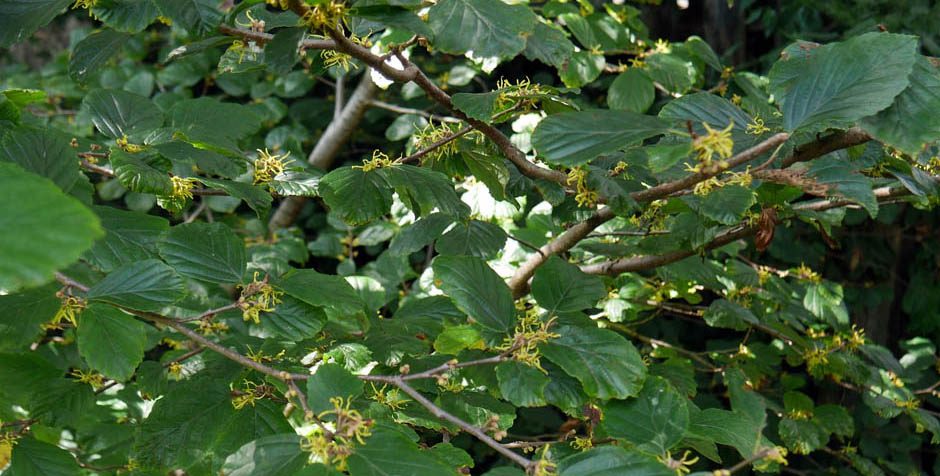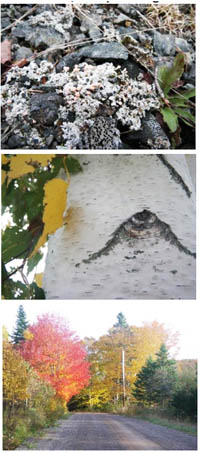NS Wild Flora Society member Norris Whiston thinks so.
One of Norris’s passions is compiling user-friendly guides to the local flora. He also has a fascination with the geological/geochemical/evolutionary history of the Earth, and likes to put it all together in historical guides and to relate what we see today to that history. View NW Guides & Keys on this website for some of them.
Recently, this item by Paul Bierman and Tammy Rittenour: When Greenland was green: Ancient soil from beneath a mile of ice offers warnings for the future , posted on phys.org on July 23, 2023, grabbed his attention.
Norris researched the background and some of the related science and put it together in a document which takes the reader step by step through the whole story.
View
416,000-Year-Ago Glance at Greenland and Its Natural World
(PDF with active links)
Writes Norris an as an introduction to the document:
On July 23, 2023, opening up Paul Bierman and Tammy Rittenour’s piece in Phys.org News, I got to see a detailed picture of a soil sample 416,000 years ago (ya). Bierman and Rittenour wrote of a flood, the sample’s plants, local world, how long the sample had viewed the sky, and how long it had been under the snow that preserved it. It all was a charming but tragic point in those plants’ story.
A graph from Antarctic of the flow of its atmospheric carbon and temperature history from 800,000 years ya to the present gave a hint of what had come before that 416,000 ya point and what would come after. Noting our current climate events gave more clues. Pollen studies of ancient eras gave succession stories. A map at Wikipedia’s Pliocene resembled what the whole world would have experienced 416,000 ya ago. Those plants at the top of the soil sample were the last moments before the plants froze.
That frozen piece of soil, misplaced and then found when humans could really analyze it, told us all of a tragic but charming point in time for the moss, sedge, willow, and eight-petal mountain avens.
That soil also gave humans insight of what is in store for the world. Cutting half of Earth’s forests (Earth’s lungs), uncovering soils, and using previously stored away carbons certainly hasn’t helped. What follows Earth’s current point in history is up to what humans allow nature to do.
——
Postscript; Norris noted this related item today, which he comments, “Seems to relate to our present predicament”. Indeed. View
Study: Changing climate, growing human populations and widespread fires contributed to the last major extinction event
By by Emily Lindsey, Lisa N. Martinez and Regan E. Dunn in phys.org. Aug 20, 2023It references this paper in Science:
Pre–Younger Dryas megafaunal extirpation at Rancho La Brea linked to fire-driven state shift
O’Keefe et al., 2023. SCIENCE 18 Aug 2023 Vol 381, Issue 6659


